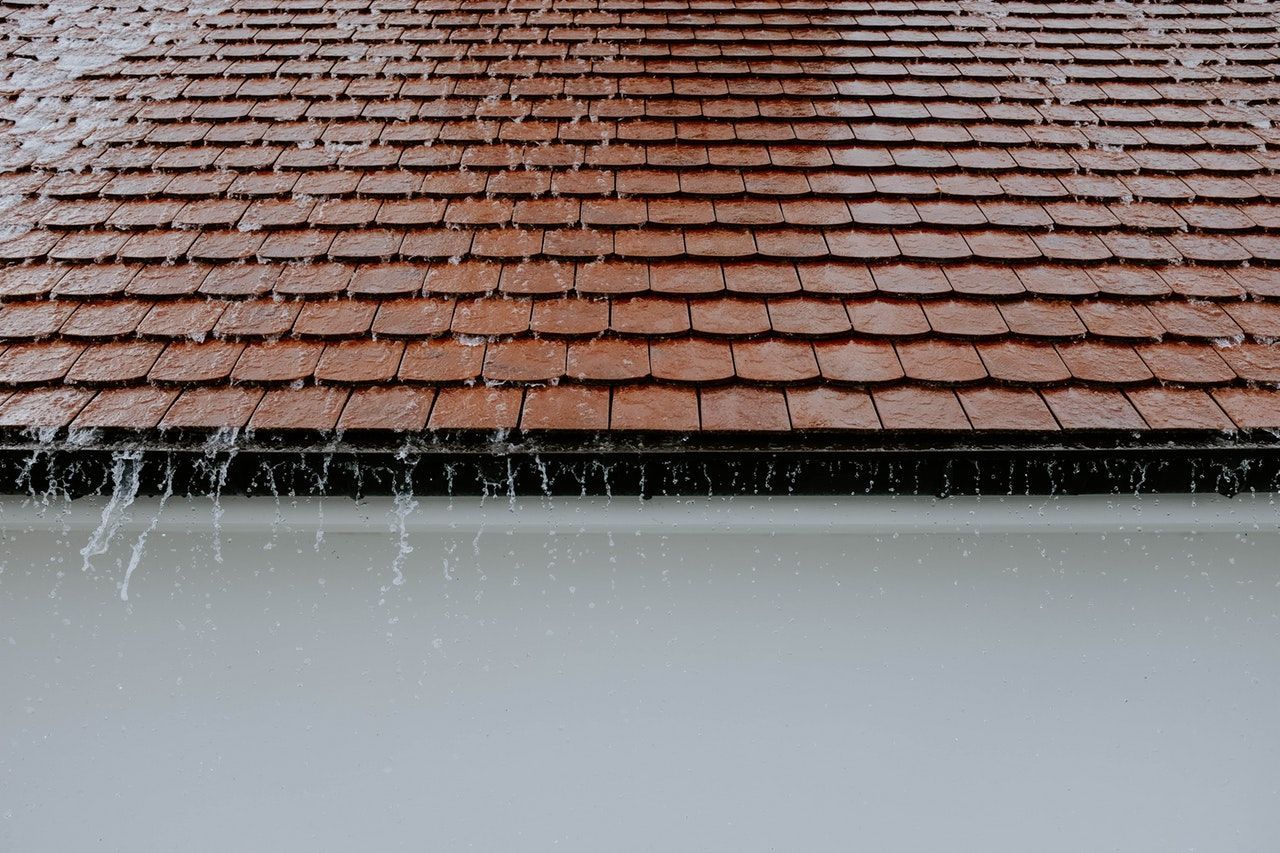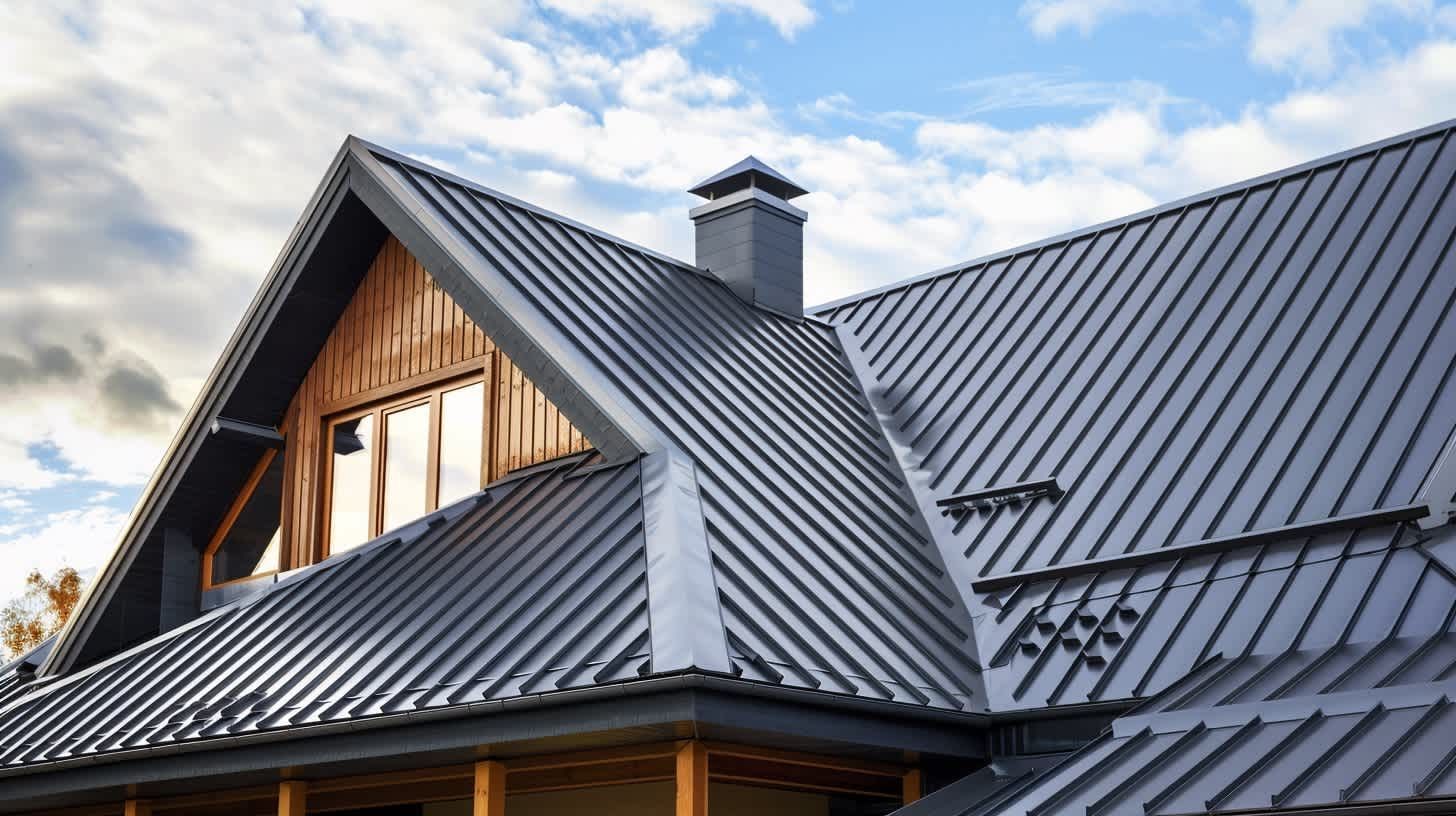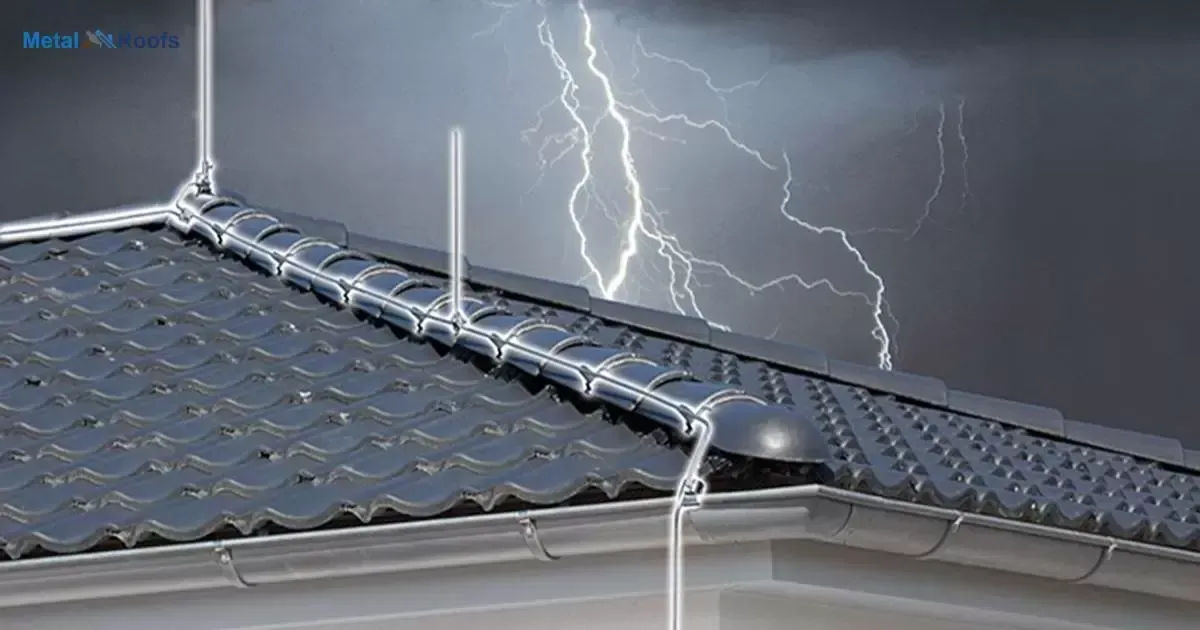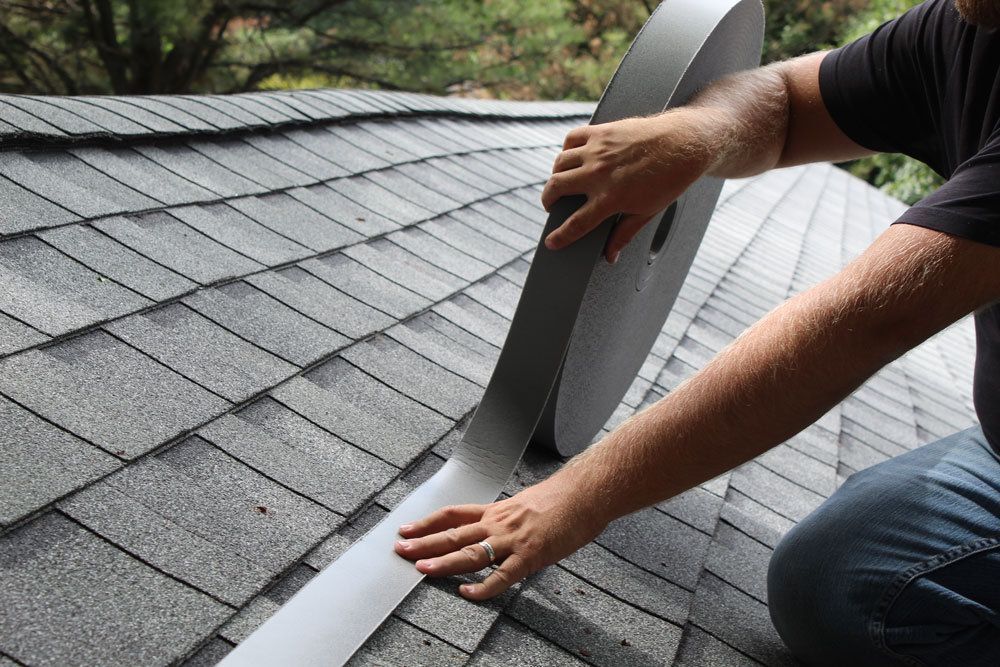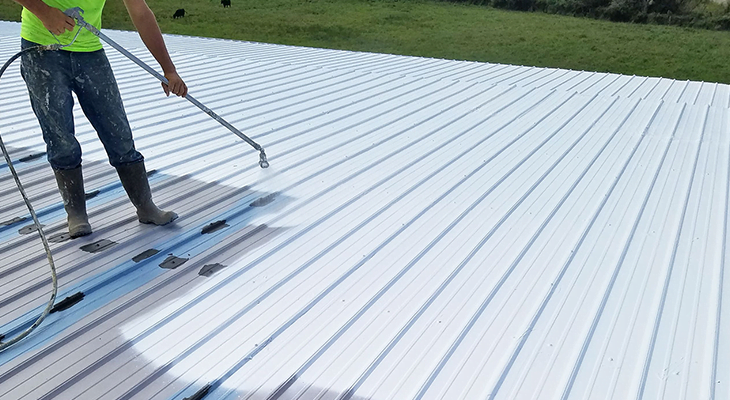Can Roofing Installation Be Done in Winter, or Is It Risky?
TLDR:
Yes, roofing installation can be done in winter, but it comes with challenges like brittle materials, adhesive failures, and installer safety risks. However, with the right materials, techniques, and an experienced team like
Birds Eye Roofing, winter roof projects can be completed successfully and safely.
Can Roofing Installation Be Done in Winter?
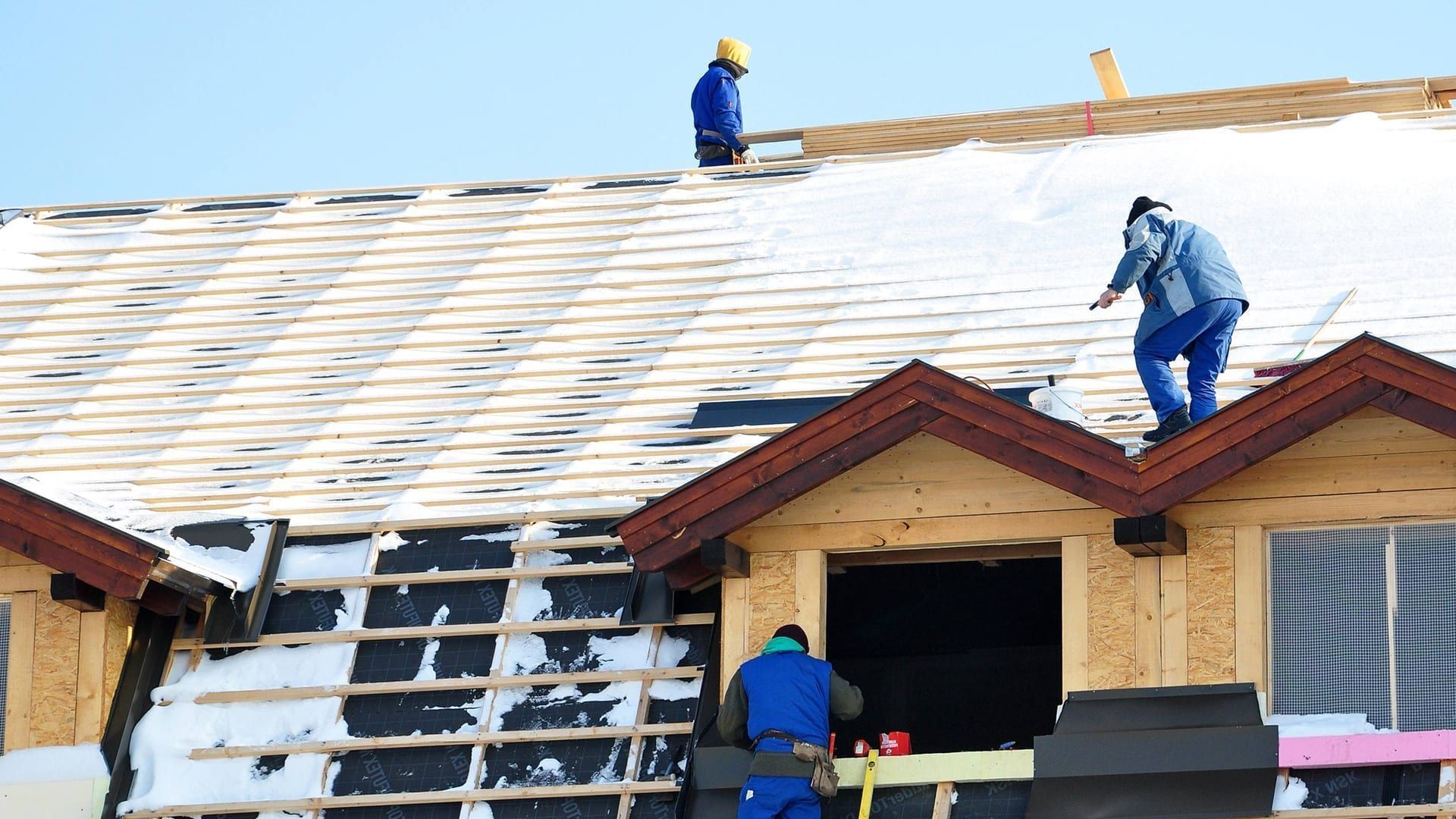
Yes, roofing can absolutely be done in winter—if it's done correctly. The key is knowing the risks and working with a skilled contractor like Birds Eye Roofing who understands how to manage cold-weather roofing challenges effectively.
Some believe it's impossible or irresponsible to replace or repair a roof in freezing temperatures. That’s simply not true. While there are risks involved, modern materials, tools, and techniques have made winter roofing not just feasible, but sometimes advantageous.
Common Misconceptions About Winter Roofing
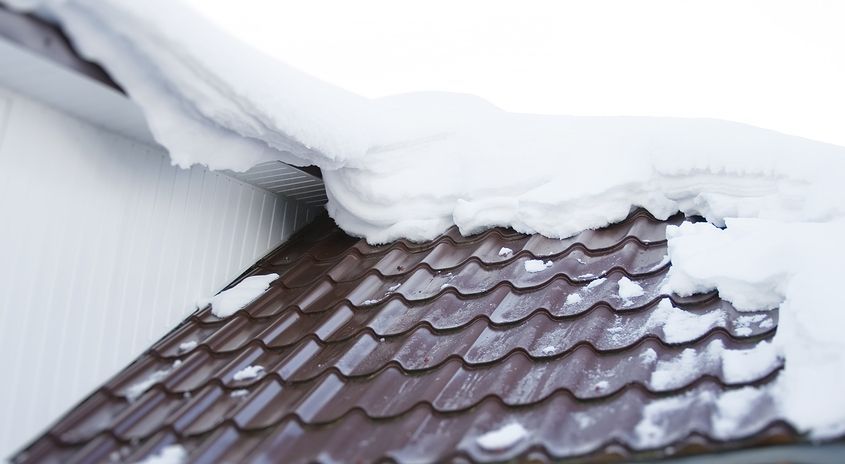
“You Can’t Roof in Winter” – Why This Isn't Always True
- Many homeowners and even some contractors still believe roofing can only be done in warm months.
- In reality, several roofing materials and adhesives are designed for low-temperature use.
- Proper planning, tools, and installer experience make winter installations possible.
Why Many Contractors Avoid Winter Jobs
- Cold weather slows productivity due to extra safety precautions.
- Some crews aren’t equipped or trained for winter work.
- Fear of callbacks from improperly sealed materials discourages some contractors.
Real Risks vs. Perceived Risks
Perceived Risks:
- All adhesives fail in cold.
- Materials can’t be handled when it's freezing.
- Roofs won’t seal properly.
Real Risks:
- Shingles may crack if bent in freezing temps.
- Ice and snow can create safety hazards.
- Some adhesives and sealants require warmth to activate.
Challenges of Winter Roof Installation
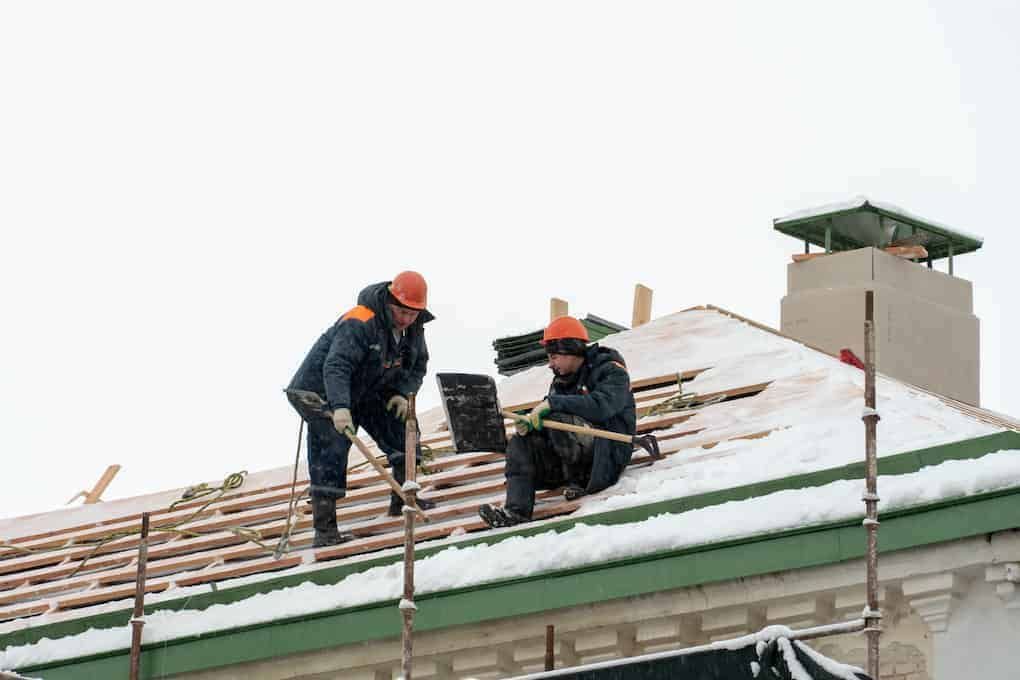
How Cold Affects Roofing Materials
- Asphalt shingles can become brittle and crack during installation.
- Adhesives and sealants may not bond properly below 40°F.
- Thermal contraction can lead to gaps or stress on fasteners if not handled properly.
- Just as cold affects adhesion, Shingle Installation in Rain can result in poor bonding and water intrusion—making dry conditions critical for success.
Ice Dams and Thermal Bridging
- Improper attic insulation or ventilation can cause
ice dams—which can damage new roofs.
- Heat escaping from the attic melts snow, which then refreezes at the eaves, causing backup under shingles.
Safety Concerns for Installers
- Slippery surfaces increase the risk of falls and injuries.
- Roofers must use specialized safety harnesses and gear.
- Shorter daylight hours reduce working time.
Scheduling and Weather Delays
- Snow, wind, and ice can delay projects unpredictably.
- Temperature fluctuations can affect material performance.
What Types of Roofing Materials Work Best in Cold Climates?
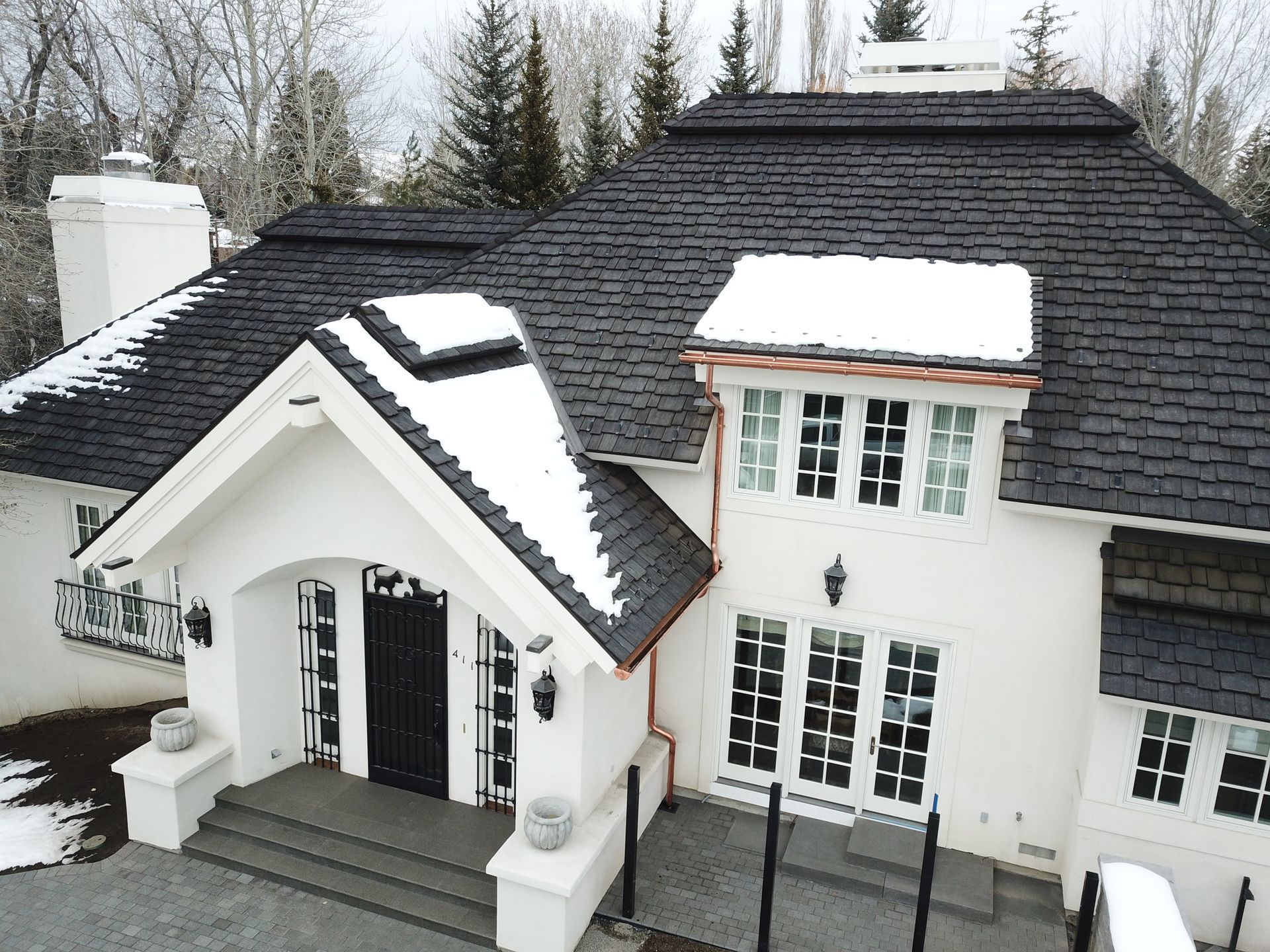
Asphalt Shingles: When and How They Can Be Installed in Winter
- Can be installed in winter
with caution.
- Should be hand-sealed if temperatures drop below 40°F.
- Ideal if using
winter-grade shingles made to resist brittleness.
Metal Roofing: A Strong Option for Cold Weather
- Durable and unaffected by cold temperatures.
- Snow slides off easily, reducing weight and ice dam risks.
- Installation can continue in colder temps compared to shingle roofing.
- Shingle vs Metal Price is another factor to consider when choosing materials for a winter roofing project, as metal roofs may have higher upfront costs but offer long-term durability.
EPDM and Rubber Roofs: Cold Flexibility
- Rubber-based membranes stay flexible even in freezing weather.
- Can be heat-welded or chemically bonded for strong seams.
- Ideal for
flat roofs and
commercial buildings.
Ice and Water Shield, Underlayments, and Cold Adhesion Tips
- Self-adhering underlayments must be stored warm before application.
- Ice and water shields are critical in snow-prone areas.
- Synthetic underlayments handle temperature swings better than felt.
Benefits of Winter Roofing (When Done Right)
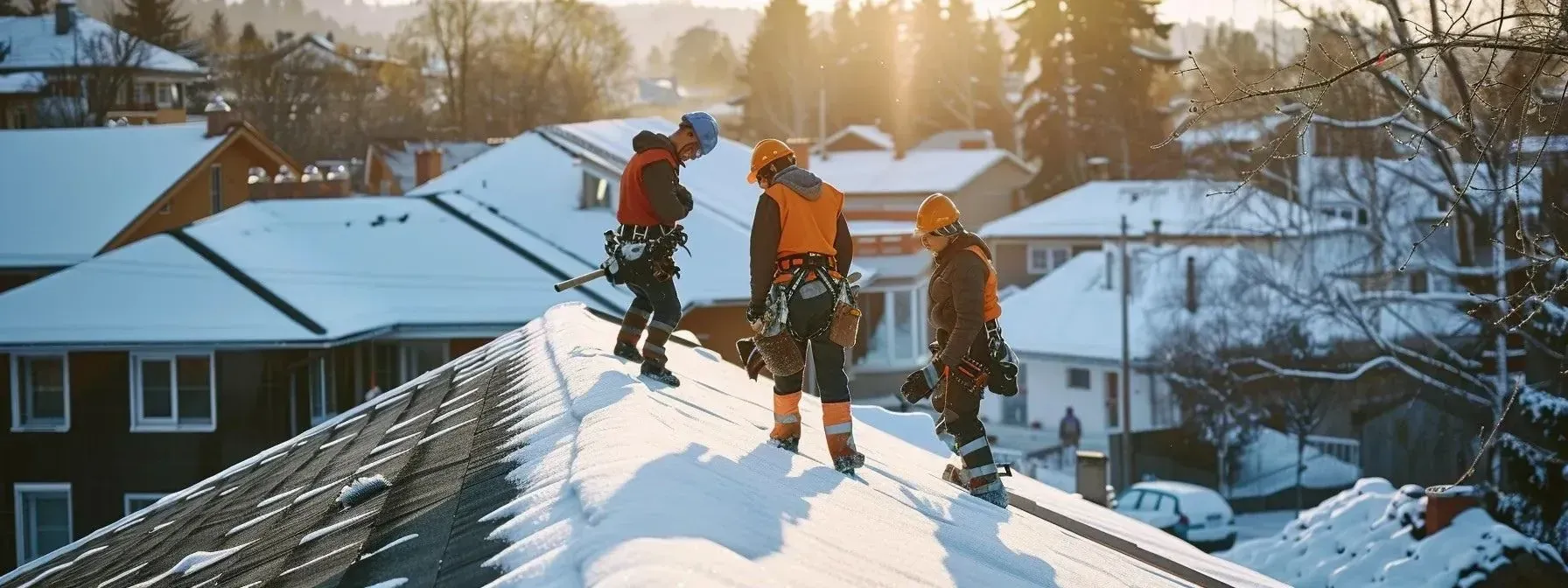
Faster Scheduling and Availability
- Contractors have more open slots during winter.
- Projects can be started (and finished) sooner than in busy spring/summer seasons.
Off-Season Discounts and Pricing
- Lower demand can mean lower prices.
- Some suppliers offer seasonal discounts on materials.
Prepping Your Home Before Spring Weather
- Avoid damage from spring rain or thawing ice.
- Get ahead of the spring contractor rush.
Solving Emergencies: Leaks, Ice Damage, and Storm Issues
- Don’t wait months for urgent repairs.
- Address water infiltration or structural issues before they escalate.
How to Make Winter Roofing Work (Best Practices)
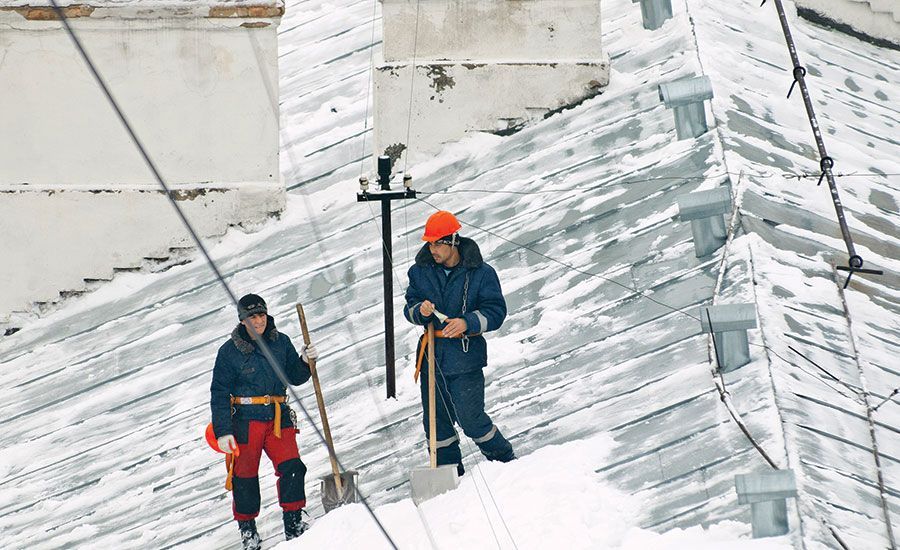
Hiring Experienced Cold-Weather Roofers
- Choose professionals like
Birds Eye Roofing who’ve completed winter installs.
- Ask for references specifically from past winter jobs.
Checking Local Building Codes
- Some regions restrict roofing below certain temperatures.
- Permit requirements may vary seasonally.
Tools and Techniques for Cold Installations
- Use heat guns or portable heaters to warm materials on-site.
- Switch to hand-sealing shingles where self-adhesion fails.
- Store adhesives and sealants indoors overnight.
Choosing the Right Day and Time for Installation
- Aim for midday installation when temps are highest.
- Avoid snowstorms and extreme cold snaps.
Does Region Matter? Roofing by Climate Zone
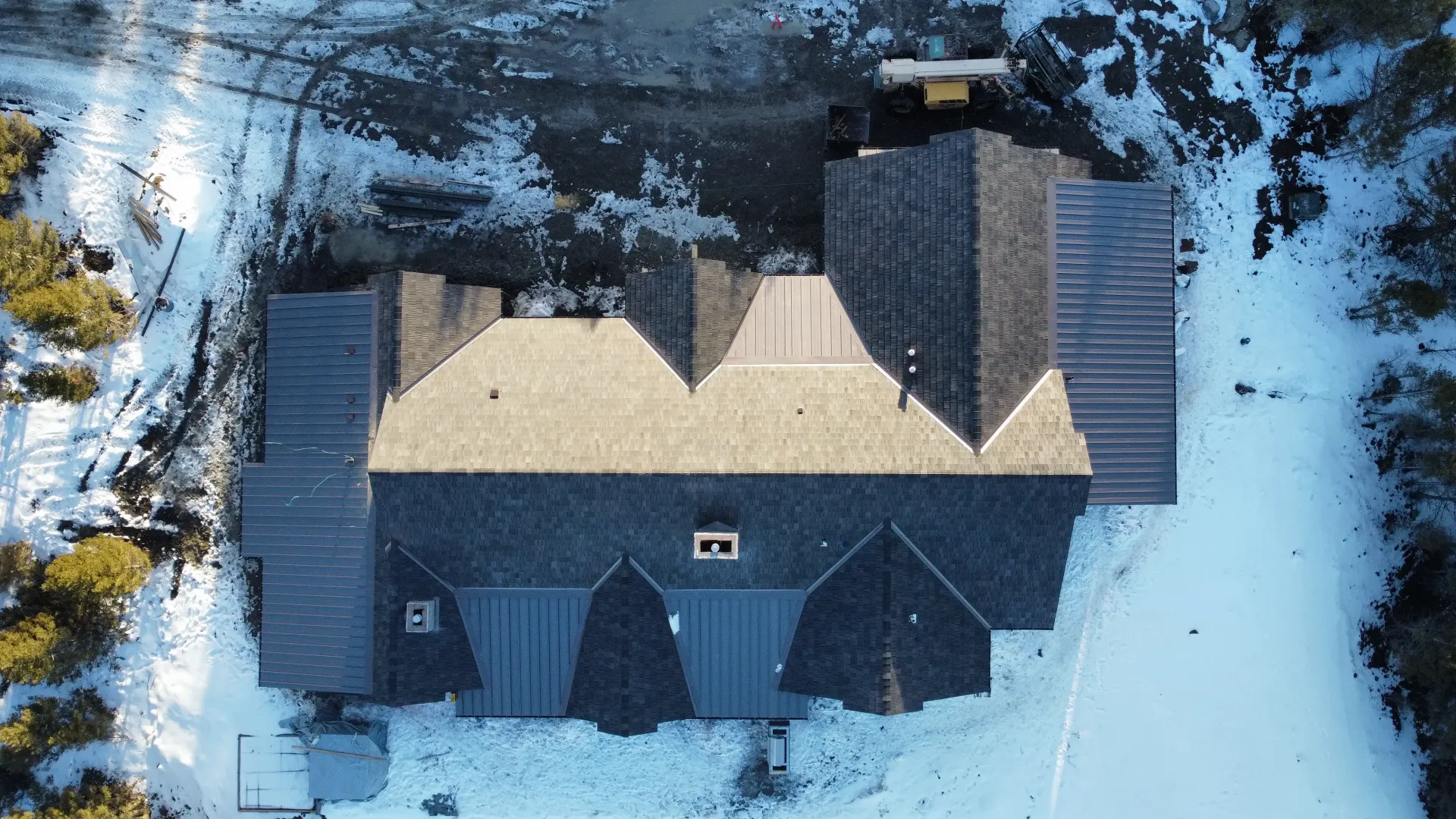
Roofing in the Northeast and Midwest
- Cold, snow, and wind make proper technique essential.
- Ice and water barriers are non-negotiable.
- Ventilation and attic insulation must be reviewed.
Cold-Climate Challenges in Mountain Regions
- Sudden temperature drops can affect curing times.
- Roofing crews must be trained in alpine safety protocols.
Milder Winters in the South: Is It Safer?
- Easier to schedule installs during winter months.
- Fewer ice/snow concerns but still chilly enough to require adhesive precautions.
Why Local Codes and Contractor Knowledge Matter
- Regions set temperature-based restrictions.
- A seasoned local roofer ensures compliance and efficiency.
Q&A: Common Winter Roofing Questions
Can You Replace Roof in Winter?
Yes, but it requires cold-weather expertise, the right materials, and precise technique.
What Temp Is Too Cold for Roofing?
Below 40°F, extra measures like hand-sealing or warming materials are needed. Most manufacturers recommend a minimum of 40°F for shingles.
Do Winter Installations Void Warranties?
Only if improper methods are used. Reputable roofers like Birds Eye Roofing follow manufacturer protocols to protect your warranty.
Is Snow Removal Always Required Before Roofing?
Yes. Snow and ice must be cleared to ensure proper material adhesion and installer safety.
Can Emergency Leaks Be Fixed Mid-Winter?
Absolutely. Temporary patches or full replacements can be done—even during snowstorms—with the right prep.
Roofing in the Off-Season: A Smart Strategy with the Right Team
Roofing in winter isn’t as risky as it seems—if you’re working with the right team. Birds Eye Roofing has extensive experience in cold-weather installations and can help you plan, prepare, and complete a roofing project during winter without compromising on quality or safety.
If you’re facing roofing issues now, don’t wait for warmer months.
- Schedule a
free winter roofing inspection
- Let Birds Eye Roofing assess your roof and recommend the best plan
- Avoid damage from storms, leaks, and ice before spring arrives
Contact Birds Eye Roofing today to learn more about winter roofing solutions in your area.

